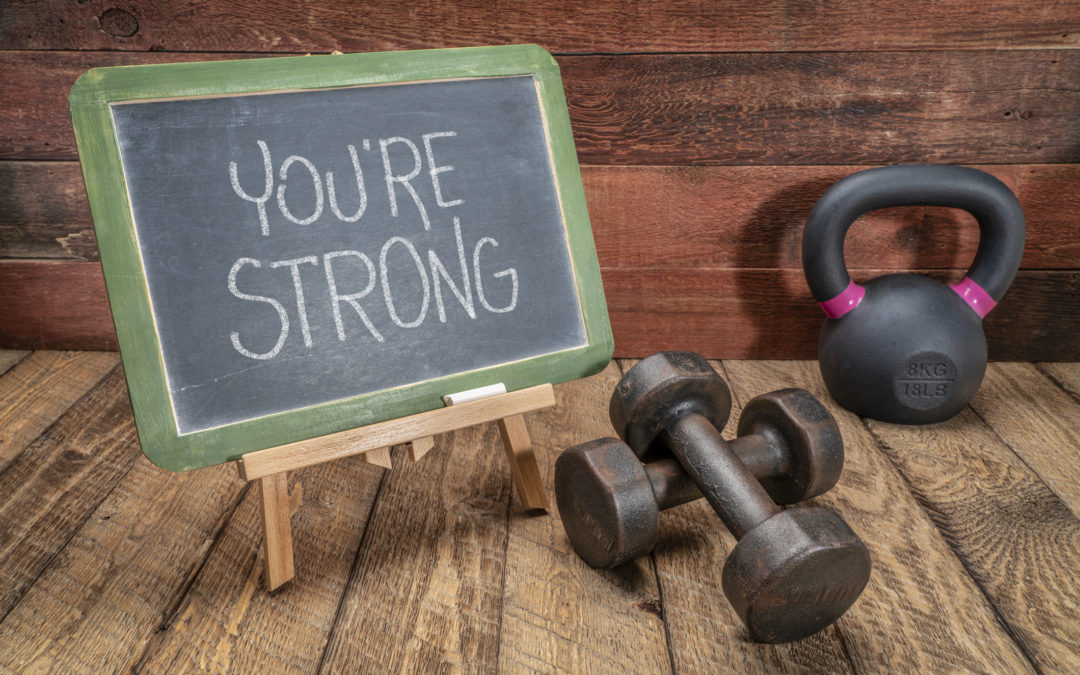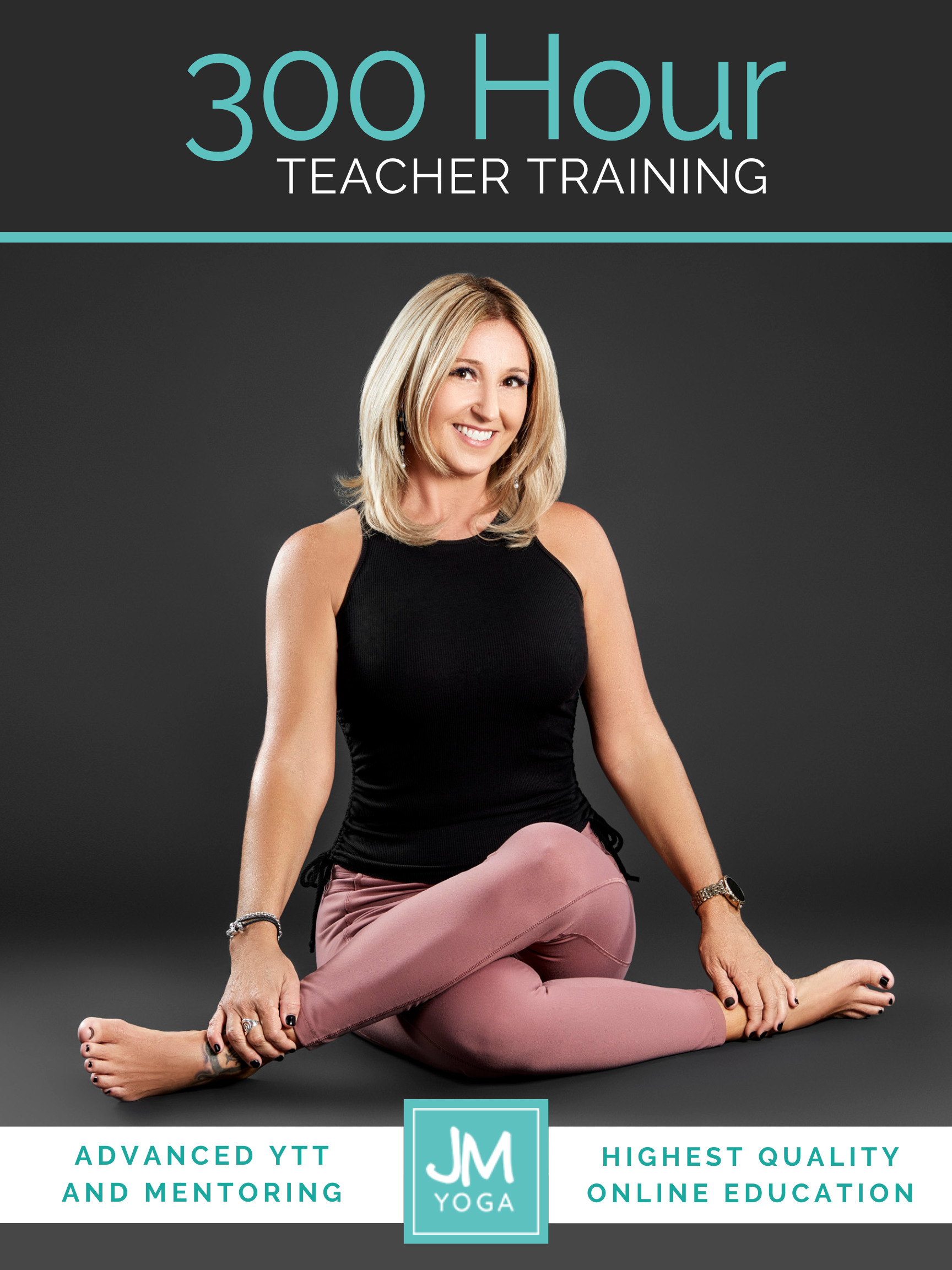You have been redirected to this blog from an old blog I wrote back in 2014. I kept the original blog up for years because I thought it was a great learning tool for yoga teachers. It offered insight into some of the origins of the fear-based alignment rules we were taught.
A few years after the original 2014 blog, I wrote a 2017 follow-up [here]. I had matured both in my thinking and in my messaging. The completion of my graduate education in Excercise Science combined with my time traveling and teaching yoga teachers all over the world helped me refine the way I speak about biomechanics, and more importantly, helped me make the education applicable to a yoga studio setting.
In 2018, I published a book that reflects the way I teach today. Well, the way I taught in 2018 when it was published. Since it’s now 2022, I’ve evolved yet again.
However, the messages people send me today about the original 2014 blog tell me they are not using the original blog as an opportunity for critical thinking. People message me across all social media platforms as if I wrote the blog today. I get it, they are scrolling quickly and the educational opportunity I have set up is skimmed over. Many are still asking me for a binary yes/no answer.
So, finally, after years of patience, I’ve made the decision to take it down for now. At some point, maybe I’ll write a new blog in its place. Until then, thanks for being here, and if you want some insight into how I include critical thinking in my continuing education programs, check out some of my more recent Thought Provoker posts [here].
Extend Your Learning: Advanced Yoga Teacher Training with Jules Mitchell
This program is ideal if you have an interest in biomechanics, principles of exercise science, applications of pain science, neurophysiology, and stretching. These themes are combined with somatics, motor control theory, pose analysis and purpose, use of props for specific adaptations, pathology, restorative yoga, and intentional sequencing.
You will learn to read original research papers and analyze them for both their strengths and their biases. Critical thinking and intellectual discourse are central components in this training, which was designed to help teachers like you navigate through contradictory perspectives and empower you with education. Learn more >


